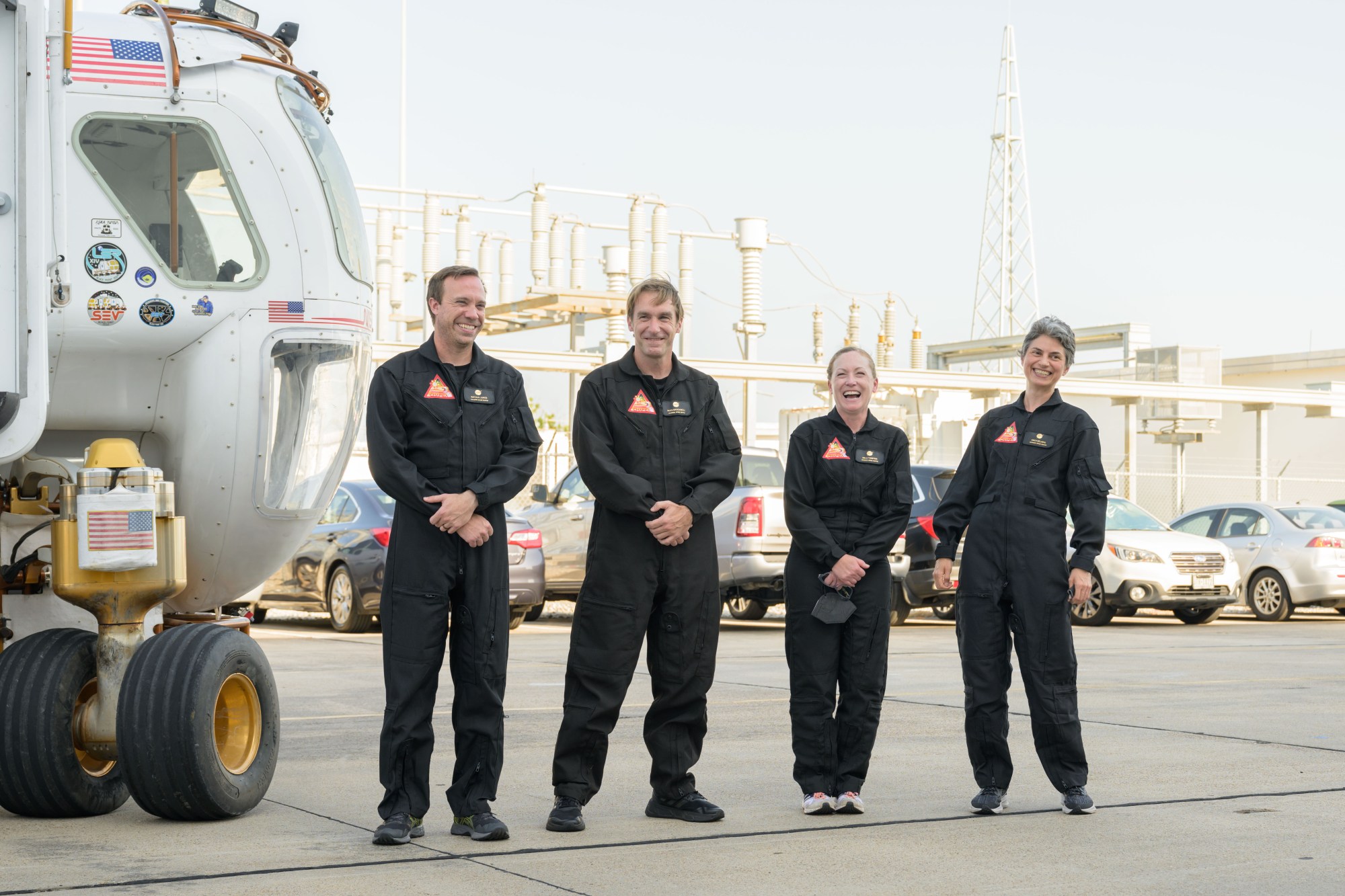NASA is seeking applicants to participate in its next simulated one-year Mars surface mission to help inform the agency’s plans for human exploration of the Red Planet. The second of three planned ground-based missions called CHAPEA (Crew Health and Performance Exploration Analog) is scheduled to kick off in spring 2025.
Each CHAPEA mission involves a four-person volunteer crew living and working inside a 1,700-square-foot, 3D-printed habitat based at NASA’s Johnson Space Center in Houston. The habitat, called the Mars Dune Alpha, simulates the challenges of a mission on Mars, including resource limitations, equipment failures, communication delays, and other environmental stressors. Crew tasks include simulated spacewalks, robotic operations, habitat maintenance, exercise, and crop growth.
NASA is looking for healthy, motivated U.S. citizens or permanent residents who are non-smokers, 30-55 years old, and proficient in English for effective communication between crewmates and mission control. Applicants should have a strong desire for unique, rewarding adventures and interest in contributing to NASA’s work to prepare for the first human journey to Mars.
The deadline for applicants is Tuesday, April 2.
Crew selection will follow additional standard NASA criteria for astronaut candidate applicants. A master’s degree in a STEM field such as engineering, mathematics, or biological, physical or computer science from an accredited institution with at least two years of professional STEM experience or a minimum of one thousand hours piloting an aircraft is required. Candidates who have completed two years of work toward a doctoral program in science, technology, engineering, and mathematics, completed a medical degree, or a test pilot program will also be considered. With four years of professional experience, applicants who have completed military officer training or a bachelor of science degree in a STEM field may be considered.
Compensation for participating in the mission is available. More information will be provided during the candidate screening process.
See here and here for some background. The first CHAPEA mission “launched” on June 25 last year and are scheduled to be on that mission for a little more than a year. I presume the crew’s entry into the habitat will be after the first crew emerges, though you’ll get started with training and whatnot before then. If you have the background and the interest, why not check it out? On the list of unique experiences, this would be pretty high up there.

